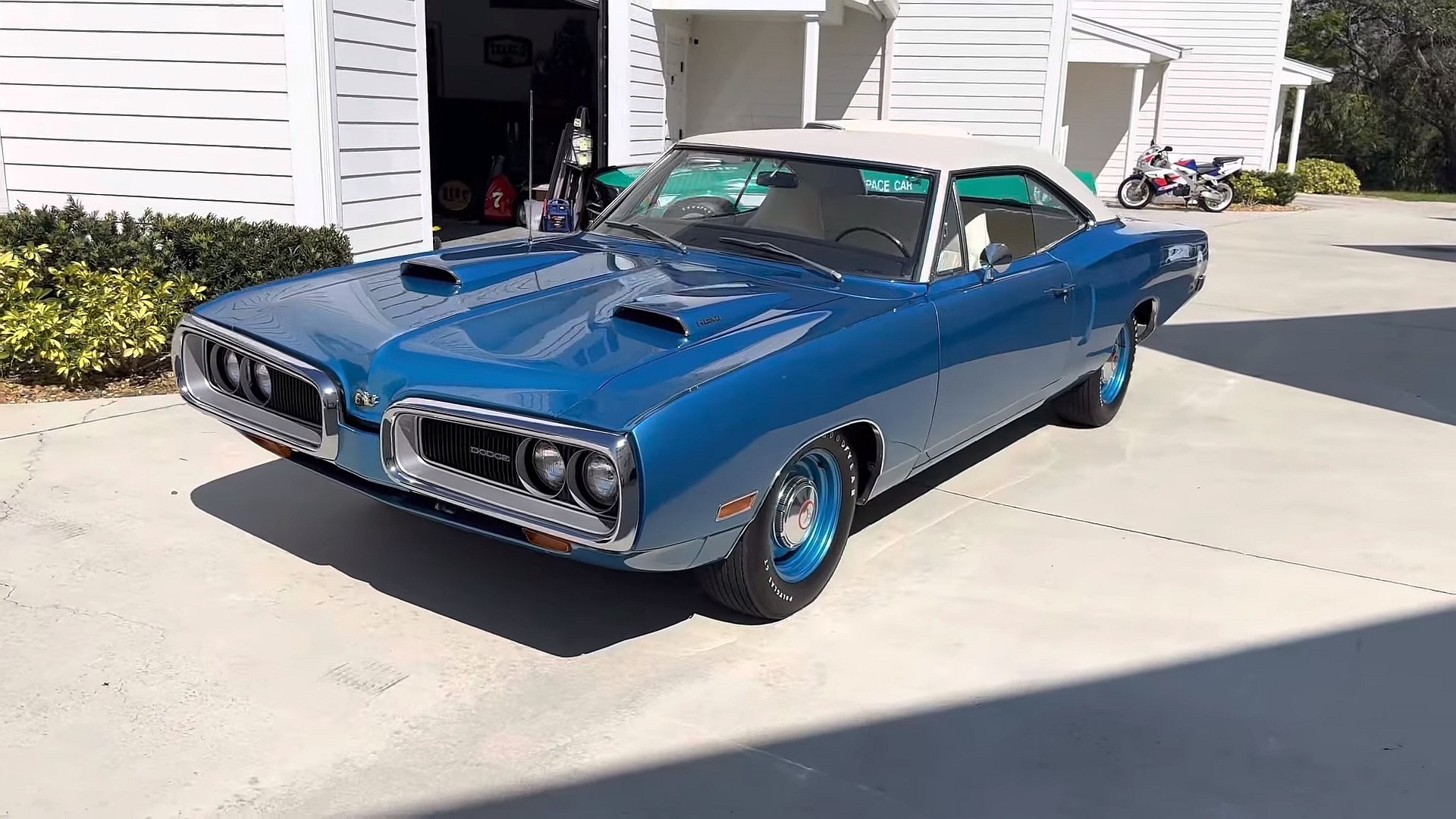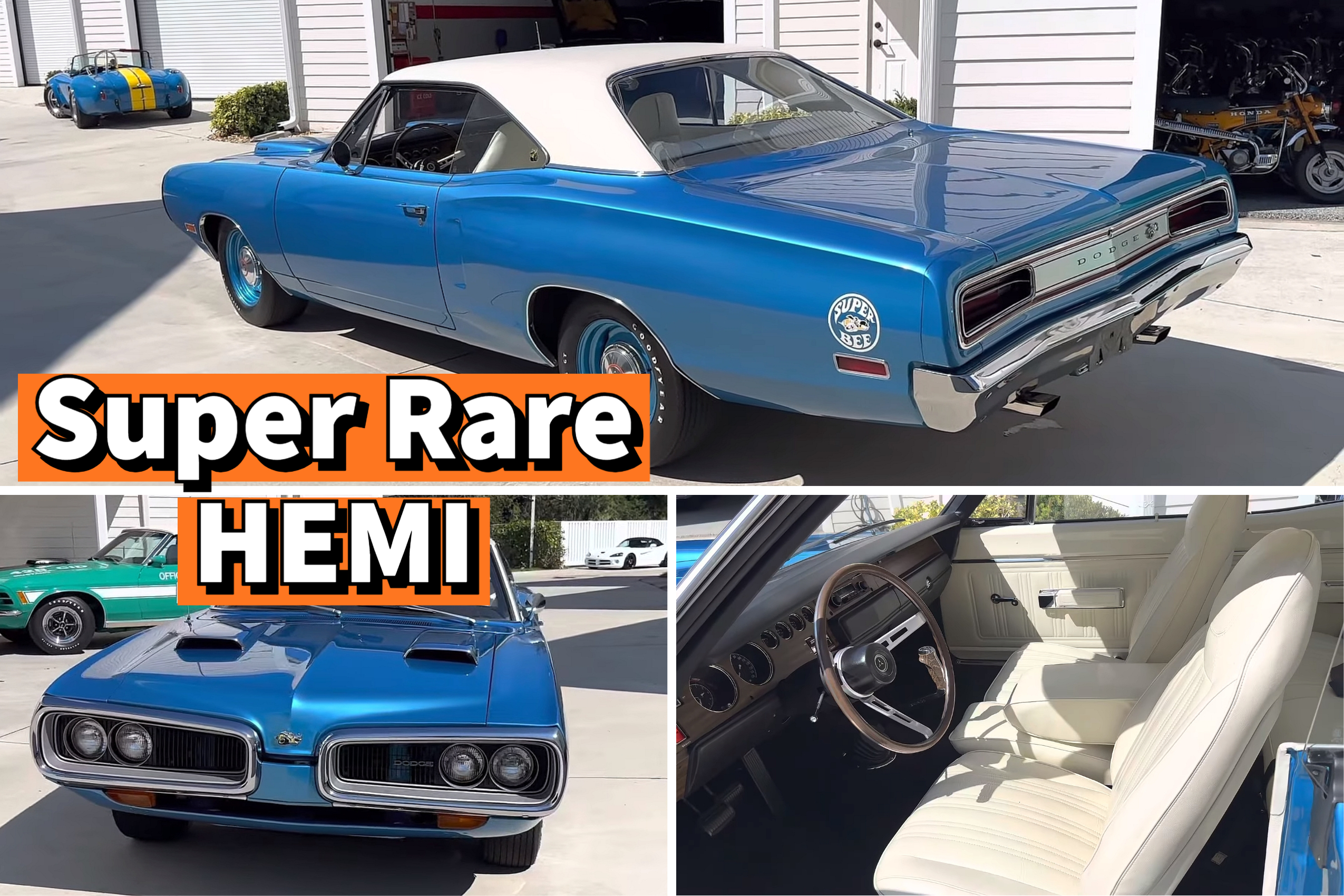Born in 1968, the Super Bee was Dodge’s alternative to the Plymouth Road Runner and the brand’s most affordable muscle car. It was also one of the cheapest ways into HEMI ownership at the time.
The Super Bee wasn’t exactly popular in its first year on the market, with only 7,842 units sold, but deliveries exploded in 1969 when Dodge produced more than 27,000 units. In 1970, sales dropped to 15,506 examples. When the Super Bee switched to the Charger platform the following year, Dodge made only 5,054 cars.
Come 2023, the Super Bee is not the rarest Mopar out there, but specific versions are very difficult to find. The HEMI cars top the list due to low production numbers. While the Super Bee was indeed affordable, high insurance rates for big-block V8 cars kept most customers away from the 426-cubic-inch (7.0-liter) V8 option.
Specifically, Dodge got only 125 orders in 1968 and delivered 166 HEMI cars in 1969. Sales dropped even further to 36 examples in 1970 and 22 units in 1971. The latter is arguably the rarest of the HEMI Super Bees because Chrysler discontinued the 426 V8 after the 1971 model year. However, the 1970 version remains the rarest and most desirable when it comes to Coronet-based Super Bees. The two-tone hardtop you see here is one of those cars.

One of the finest examples I’ve seen in a very long time, this 1970 HEMI Super Bee is the result of a thorough restoration. And it also comes in one of the most striking color combos: B5 Blue exterior, white vinyl top, and a white interior. But it’s more than just a HEMI Mopar that looks flawless inside and out. It’s also one of those super-rare examples that sport a factory-original, numbers-matching drivetrain.
But wait, there’s more! This Super Bee is actually rarer than the official 36-unit run if we break it down to body style and transmission. That’s because only 32 cars left the assembly line with a hardtop roof, and only 21 were fitted with the four-speed manual. Too bad there are no production records based on color combos because there’s a good chance this Super Bee is actually a one-of-one gem in this configuration.
How much is such a fine and rare muscle car worth? Well, while looking up previous auction results, I discovered that this exact Mopar went under the hammer in May 2023. And it changed hands for a whopping $187,000. That’s around $20K below the price of a 1971 version in Concours condition, but I’m pretty sure it’s a record for Coronet-based Super Bees. At least for now, because based on how classic car prices exploded in recent years, a 1970 HEMI will probably surpass the $200,000 mark soon.
